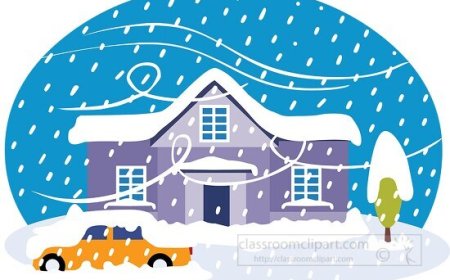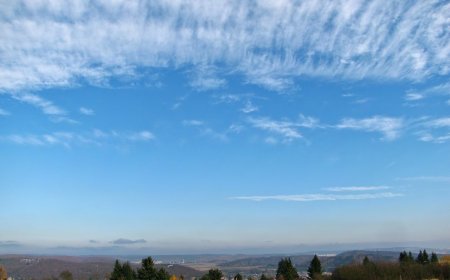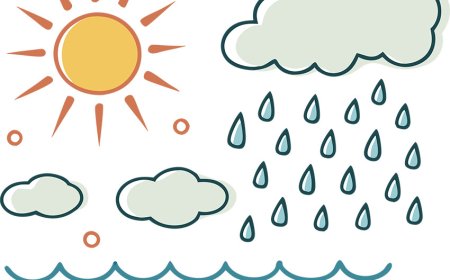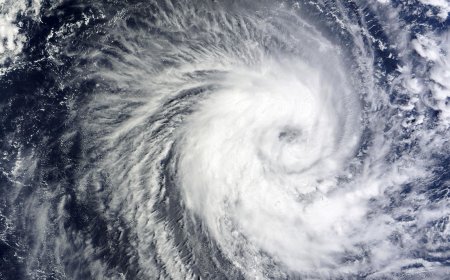Weather Instruments for Kids – Tools That Measure the Sky
Learn about the tools meteorologists use to measure wind, rain, temperature, and more. Includes thermometer, barometer, anemometer, and more.
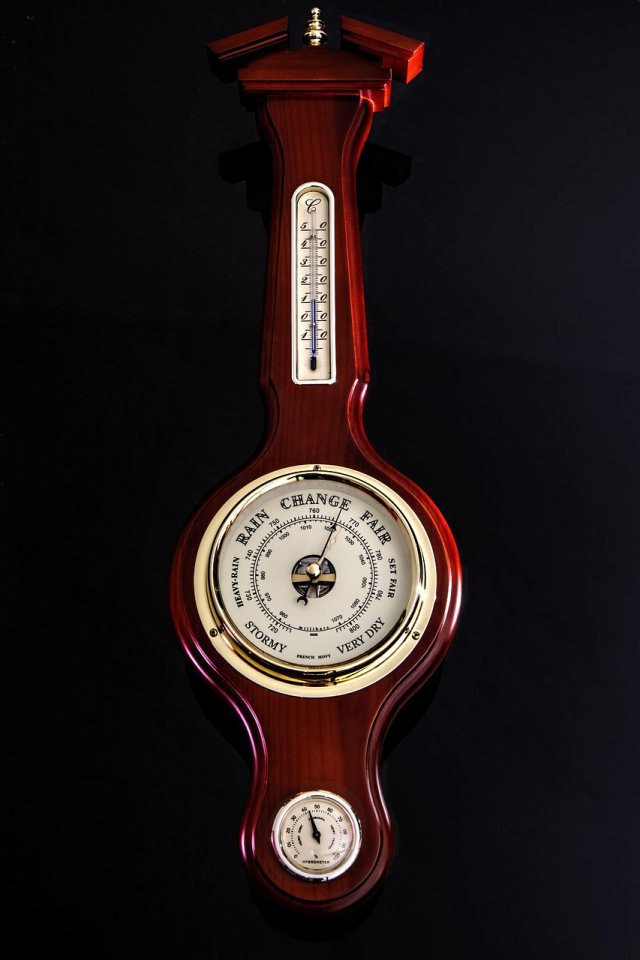
🧭 Introduction
Have you ever wondered how scientists know how hot it is, how fast the wind is blowing, or when a storm is coming? They use special tools called weather instruments to measure what's happening in the sky, in the air, and on the ground. These tools help meteorologists collect data, make forecasts, and warn people about severe weather. In this article, we'll explore some of the most important instruments used to measure weather and how each one works.
🌡️ What Are Weather Instruments?
Weather instruments are tools that help measure different parts of the atmosphere. Each tool is designed to gather specific information, such as:
-
Temperature
-
Wind speed and direction
-
Rainfall
-
Air pressure
-
Humidity
-
Cloud patterns
Meteorologists use these measurements to understand weather conditions and to predict what's going to happen next.
🧪 Important Weather Instruments
Here are some of the most commonly used tools in meteorology:
🌡️ Thermometer
-
Measures: Temperature
-
How it works: A liquid (like mercury or alcohol) or a digital sensor reacts to heat, rising when it's warm and falling when it's cold
-
Fun fact: The word "thermometer" means "heat measurer"
🌬️ Anemometer
-
Measures: Wind speed
-
How it works: It usually has spinning cups or blades that rotate faster as wind blows harder
-
Used for: Tracking wind during storms, helping planes take off safely
🧭 Wind Vane (Weather Vane)
-
Measures: Wind direction
-
How it works: It spins to point in the direction the wind is coming from
-
Fun fact: Often shaped like roosters or arrows on rooftops
🌧️ Rain Gauge
-
Measures: Rainfall amount
-
How it works: Collects rain in a container and measures how much falls over time
-
Used for: Checking how wet or dry a place is, important for farming
📉 Barometer
-
Measures: Air pressure
-
How it works: As pressure changes, a liquid (like mercury) moves or a dial shifts
-
Why it matters: Falling pressure often means a storm is coming!
💧 Hygrometer
-
Measures: Humidity (moisture in the air)
-
How it works: Uses materials like hair or special sensors that change based on air moisture
-
Used for: Predicting fog, rain, or heat index
🎈 Weather Balloon
-
Measures: Conditions high in the atmosphere (temperature, pressure, humidity, wind)
-
How it works: A large balloon carries instruments high into the sky and sends back data
-
Used for: Tracking upper-level weather, like jet streams
🛰️ Satellite
-
Measures: Cloud movement, storm development, global temperatures
-
How it works: Orbiting Earth, satellites send pictures and data to weather stations
-
Used for: Watching hurricanes, tracking snowstorms, measuring sea temperatures
📡 Doppler Radar
-
Measures: Rainfall intensity, wind speed in storms, storm movement
-
How it works: Sends radio waves that bounce off raindrops and return with info
-
Used for: Detecting tornadoes, thunderstorms, and hurricanes
🧠 How Do These Tools Work Together?
No single instrument can tell the whole weather story. Meteorologists combine data from all these tools to create a full picture of the weather.
For example:
-
A thermometer shows it's cold enough for snow
-
A barometer shows a storm is coming
-
Radar confirms that clouds are dropping precipitation
Together, this information helps forecast rain, snow, sunshine, wind, and storms!
🌎 Where Are Weather Instruments Used?
You'll find weather instruments in many places:
-
Weather stations (on land and sea)
-
Airports (to guide planes safely)
-
Schools and research labs
-
Satellites in space
-
Buoys in the ocean
-
TV and radio stations
-
Even backyards with small home weather kits!
📚 Vocabulary Words
| Word | Definition |
|---|---|
| Thermometer | Measures temperature |
| Anemometer | Measures wind speed |
| Barometer | Measures air pressure |
| Rain Gauge | Measures how much rain has fallen |
| Hygrometer | Measures the amount of moisture in the air |
💡 Interesting Facts About Weather Instruments
-
The first thermometers were invented in the 1600s!
-
Doppler radar can detect tornado rotation before a tornado touches down.
-
Some weather balloons can rise to over 100,000 feet-higher than jets fly.
-
Ancient civilizations used wind vanes and water clocks to track weather.
-
Satellites can see entire continents at once and spot hurricanes days in advance.
👧 Kid-Friendly Summary
Weather instruments are tools that help scientists measure things like temperature, wind, rain, and pressure. Some are small, like thermometers, and others are big, like satellites. By using all these tools, meteorologists can understand the weather and tell us what to expect. That's how we know when to bring a coat, an umbrella, or sunglasses!
✅ Interactive Quiz
Q1: What does a thermometer measure?
A. Rainfall
B. Air pressure
C. Temperature
D. Wind speed
Q2: What tool measures wind speed?
A. Barometer
B. Anemometer
C. Hygrometer
D. Radar
Q3: What tool is sent into space to observe weather?
A. Rain gauge
B. Weather balloon
C. Satellite
D. Wind vane
Q4: What does a barometer tell us?
A. If it’s snowing
B. If the sun is shining
C. If the air pressure is rising or falling
D. If the sky is blue
Q5: Why do scientists use many weather tools together?
A. To decorate their lab
B. To guess the weather
C. To get a full picture of the weather
D. To look cool on TV
Scoring:
5/5 = 🛠️ Weather Whiz
3–4 = 🌦️ Sky Tracker
1–2 = 📘 Forecast Beginner


















































